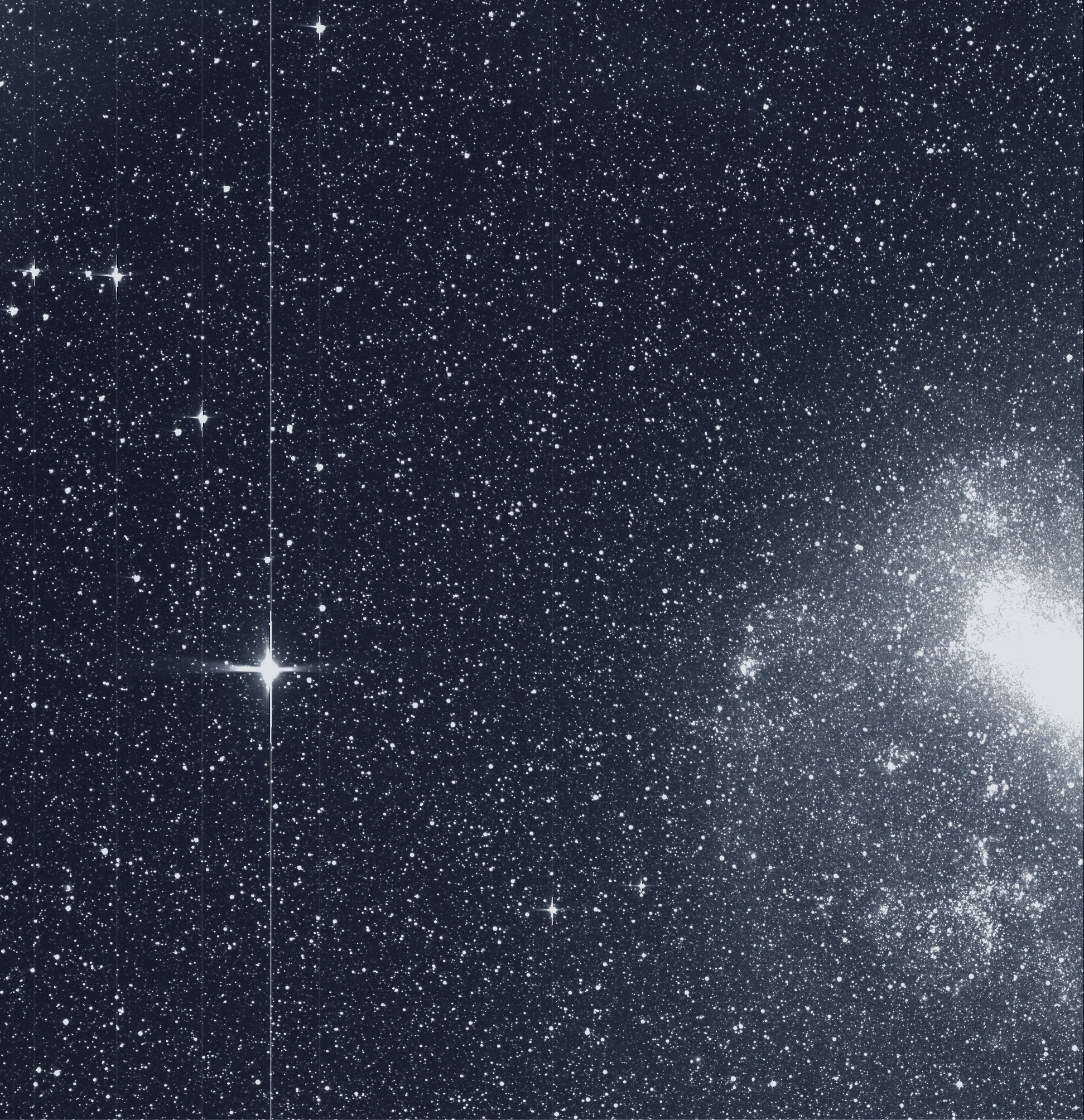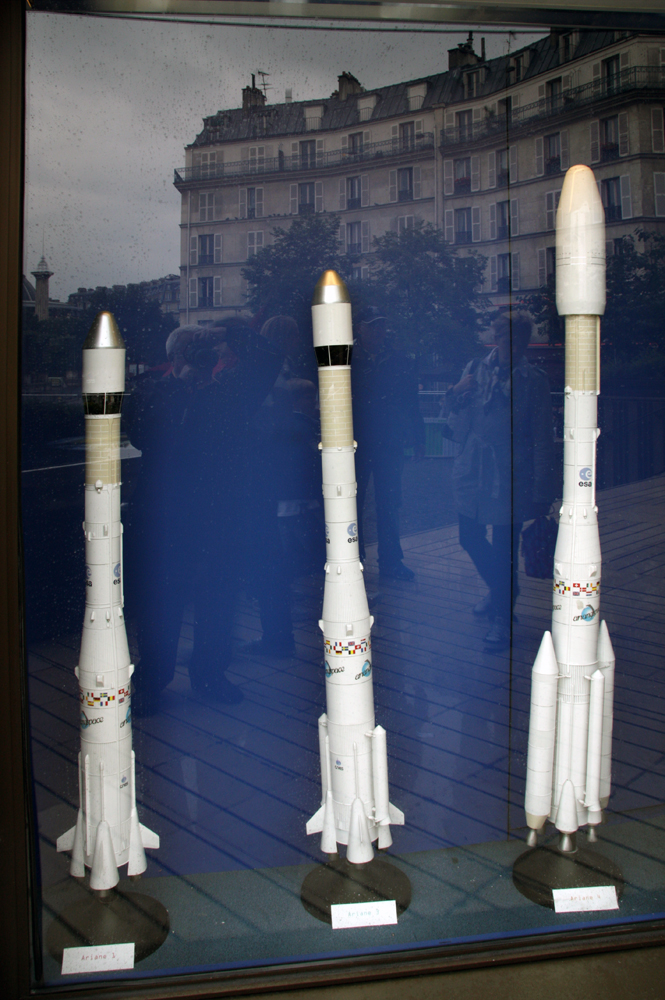|
Astroseismology
Asteroseismology is the study of oscillations in stars. Stars have many resonant modes and frequencies, and the path of sound waves passing through a star depends on the local speed of sound, which in turn depends on local temperature and chemical composition. Because the resulting oscillation modes are sensitive to different parts of the star, they inform astronomers about the internal structure of the star, which is otherwise not directly possible from overall properties like brightness and surface temperature. Asteroseismology is closely related to helioseismology, the study of stellar pulsation specifically in the Sun. Though both are based on the same underlying physics, more and qualitatively different information is available for the Sun because its surface can be resolved. Theoretical background By linearly perturbing the equations defining the mechanical equilibrium of a star (i.e. mass conservation and hydrostatic equilibrium) and assuming that the perturbations ar ... [...More Info...] [...Related Items...] OR: [Wikipedia] [Google] [Baidu] |
Delta Scuti Variable
A Delta Scuti variable (sometimes termed dwarf cepheid when the V-band amplitude is larger than 0.3 mag.) is a class of pulsating star, comprising several sub-classes of object with A- or F-type spectra. The variables follow a period-luminosity relation in certain passbands like other standard candles such as Cepheids. and, together with classical cepheids, are important standard candles. They have been used to establish the distance to the Large Magellanic Cloud, globular clusters, open clusters, and the Galactic Center. The OGLE and MACHO surveys have detected nearly 3,000 Delta Scuti variables in the Large Magellanic Cloud. Typical brightness fluctuations of Delta Scuti variables are from 0.003 to 0.9 magnitudes in V over a period of a few hours, although the amplitude and period of the fluctuations can vary greatly. They are usually A0 to F5 type giant, subgiant, or main sequence stars. The high-amplitude Delta Scuti variables are also called AI Velorum stars, after ... [...More Info...] [...Related Items...] OR: [Wikipedia] [Google] [Baidu] |
PLATO (spacecraft)
PLAnetary Transits and Oscillations of stars (PLATO) is a space telescope under development by the European Space Agency for launch in 2026. It is the third medium-class mission in ESA's Cosmic Vision programme and is named after the influential Greek philosopher Plato. The mission goals are to search for planetary transit (astronomy), transits across up to one million stars, and to discover and characterize Terrestrial planet, rocky extrasolar planets around Yellow dwarf star, yellow dwarf stars (like the Sun), subgiant stars, and red dwarf stars. The emphasis of the mission is on Earth-like planets in the habitable zone around Sun-like stars where water can exist in a liquid state. A secondary objective of the mission is to study stellar oscillations or Asteroseismology, seismic activity in stars to measure stellar masses and evolution and enable the precise characterization of the planet host star, including its age. Name PLATO is an acronym, but also the name of a philosoph ... [...More Info...] [...Related Items...] OR: [Wikipedia] [Google] [Baidu] |
Transiting Exoplanet Survey Satellite
Transiting Exoplanet Survey Satellite (TESS) is a space telescope for NASA's Explorer program, designed to search for exoplanets using the transit method in an area 400 times larger than that covered by the Kepler mission. It was launched on 18 April 2018, atop a Falcon 9 launch vehicle and was placed into a highly elliptical 13.70-day orbit around the Earth. The first light image from TESS was taken on 7 August 2018, and released publicly on 17 September 2018. In the two-year primary mission, TESS was expected to detect about 1,250 transiting exoplanets orbiting the targeted stars, and an additional 13,000 orbiting stars not targeted but observed. After the end of the primary mission around 4 July 2020, scientists continued to search its data for more planets, while the extended missions acquires additional data. , TESS had identified 7,643 candidate exoplanets, of which 627 had been confirmed. The primary mission objective for TESS was to survey the brightest ... [...More Info...] [...Related Items...] OR: [Wikipedia] [Google] [Baidu] |
BRITE
BRITE-Constellation is an ongoing space mission carrying out two-band photometry in wide fields with a constellation of six (presently, three operational) BRIght Target Explorer (BRITE) nanosatellites. The mission was built by a consortium of three countries, Canada, Austria, and Poland, each operating two BRITE satellites. The six satellites were launched into low-Earth orbits between February 2013 and August 2014. Each satellite is a cube-shaped spacecraft with sides of hosting an optical telescope of aperture feeding an uncooled CCD with a field of view of approximately 20° × 24°. The satellites were intended for photometry of the brightest stars in single passband located in the blue (three satellites) or red (the other three satellites) part of the optical range. Early history The idea of using microsatellite for scientific observations, especially for photometry of bright stars, was born during discussions on possible designs for Canada's first scientific satellite. D ... [...More Info...] [...Related Items...] OR: [Wikipedia] [Google] [Baidu] |
Kepler Space Telescope
The Kepler space telescope is a defunct space telescope launched by NASA in 2009 to discover Earth-sized planets orbiting other stars. Named after astronomer Johannes Kepler, the spacecraft was launched into an Earth-trailing heliocentric orbit. The principal investigator was William J. Borucki. After nine and a half years of operation, the telescope's reaction control system fuel was depleted, and NASA announced its retirement on October 30, 2018. Designed to survey a portion of Earth's region of the Milky Way to discover Earth-size exoplanets in or near habitable zones and to estimate how many of the billions of stars in the Milky Way have such planets, Kepler's sole scientific instrument is a photometer that continually monitored the brightness of approximately 150,000 main sequence stars in a fixed field of view. These data were transmitted to Earth, then analyzed to detect periodic dimming caused by exoplanets that cross in front of their host star. Only planets whos ... [...More Info...] [...Related Items...] OR: [Wikipedia] [Google] [Baidu] |
CNES
CNES () is the French national space agency. Headquartered in central Paris, the agency is overseen by the ministries of the Armed Forces, Economy and Finance and Higher Education, Research and Innovation. It operates from the Toulouse Space Centre and the Guiana Space Centre. The president of CNES is Philippe Baptiste. CNES is a member of Institute of Space, its Applications and Technologies. It is Europe's largest national organization of its type. History CNES was established under President Charles de Gaulle in 1961. It is the world's third oldest space agency, after the Soviet space program (Russia), and NASA (United States). CNES was responsible for the training of French astronauts, until the last active CNES astronauts transferred to the European Space Agency in 2001. , CNES is working with Germany and a few other governments to start a modest research effort with the hope to propose a LOX/methane reusable launch vehicle by mid-2015. If built, flight testing w ... [...More Info...] [...Related Items...] OR: [Wikipedia] [Google] [Baidu] |
CoRoT
CoRoT (French: ; English: Convection, Rotation and planetary Transits) was a space telescope mission which operated from 2006 to 2013. The mission's two objectives were to search for extrasolar planets with short orbital periods, particularly those of large terrestrial planet, terrestrial size, and to perform asteroseismology by measuring solar-like oscillations in stars. The mission was led by the CNES, French Space Agency (CNES) in conjunction with the European Space Agency, European Space Agency (ESA) and other international partners. Among the notable discoveries was CoRoT-7b, discovered in 2009 which became the first exoplanet shown to have a rock or metal-dominated composition. CoRoT was launched at 14:28:00 UTC on 27 December 2006, atop a Soyuz 2 rocket, Soyuz 2.1b rocket, reporting First light (astronomy), first light on 18 January 2007. Subsequently, the probe started to collect science data on 2 February 2007. CoRoT was the first spacecraft dedicated to the detection ... [...More Info...] [...Related Items...] OR: [Wikipedia] [Google] [Baidu] |
Canadian Space Agency
The Canadian Space Agency (CSA; ) is the national space agency of Canada, established in 1990 by the ''Canadian Space Agency Act''. The President of the Canadian Space Agency, president is Lisa Campbell (civil servant), Lisa Campbell, who took the position on September 3, 2020. The agency is responsible to the Minister of Innovation, Science and Industry, minister of innovation, science and industry. The CSA's headquarters are located at the John H. Chapman Space Centre in Longueuil, Quebec. The agency also has offices in Ottawa, Ontario, and small liaison offices in Houston, Washington, D.C., Washington, and Paris. History The origins of the Canadian upper atmosphere and space program can be traced back to the end of the World War II, Second World War. Between 1945 and 1960, Canada undertook a number of small launcher and satellite projects under the aegis of defence research, including the development of the Black Brant (rocket), Black Brant rocket as well as series of advance ... [...More Info...] [...Related Items...] OR: [Wikipedia] [Google] [Baidu] |
Microvariability And Oscillations Of STars Telescope
The Microvariability and Oscillations of Stars/Microvariabilité et Oscillations STellaire (MOST), was Canada's first space telescope. Up until nearly 10 years after its launch it was also the smallest space telescope in orbit (for which its creators nicknamed it the "Humble Space Telescope", in reference to one of the largest, the Hubble). MOST was the first spacecraft dedicated to the study of asteroseismology, subsequently followed by the now-completed CoRoT and Kepler missions. It was also the first Canadian science satellite launched since ISIS II, 32 years previously. Description As its name suggests, its primary mission was to monitor variations in star light, which it did by observing a single target for a long period of time (up to 60 days). Typically, larger space telescopes cannot afford to remain focused on a single target for so long due to the demand for their resources. At , wide and tall, and deep, it was the size and weight of a small chest or an extra-large ... [...More Info...] [...Related Items...] OR: [Wikipedia] [Google] [Baidu] |
NASA
The National Aeronautics and Space Administration (NASA ) is an independent agencies of the United States government, independent agency of the federal government of the United States, US federal government responsible for the United States's civil list of government space agencies, space program, aeronautics research and outer space, space research. National Aeronautics and Space Act, Established in 1958, it succeeded the National Advisory Committee for Aeronautics (NACA) to give the American space development effort a distinct civilian orientation, emphasizing peaceful applications in space science. It has since led most of America's space exploration programs, including Project Mercury, Project Gemini, the 1968–1972 Apollo program missions, the Skylab space station, and the Space Shuttle. Currently, NASA supports the International Space Station (ISS) along with the Commercial Crew Program and oversees the development of the Orion (spacecraft), Orion spacecraft and the Sp ... [...More Info...] [...Related Items...] OR: [Wikipedia] [Google] [Baidu] |
Wide Field Infrared Explorer
Wide-field Infrared Explorer (WIRE, also Explorer 75 and SMEX-5) was a NASA satellite launched on 5 March 1999, on the Pegasus XL launch vehicle into polar orbit between above the surface of Earth. WIRE was intended to be a four-month infrared survey of the entire sky at 21-27 μm and 9-15 μm, specifically focusing on starburst galaxies and luminous protogalaxies. WIRE had problems and was unable to carry out its IR survey, and was deactivated on 30 September 2000, and finally reentered and burned up in 2011. Science The science team was based at the Infrared Processing and Analysis Center (IPAC) in Pasadena, California. Flight operations, integration, and testing were from Goddard Space Flight Center in Maryland. The telescope was built by Space Dynamics Laboratory in Utah. Premature ejection of the spacecraft aperture cover led to depletion of the solid hydrogen shortly after launch, ending the primary science mission. The onboard star tracker remained functional and wa ... [...More Info...] [...Related Items...] OR: [Wikipedia] [Google] [Baidu] |






